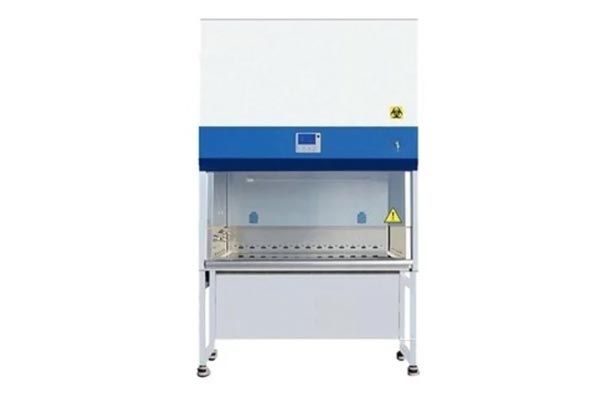Biosafety cabinets are specialized enclosures used in clinical, pharmaceutical, life science, and industrial laboratories when experiments require a contaminant-controlled environment. They use HEPA filtration and managed airflow to provide protection that depends on the cabinet class. Class I protects personnel and the environment by drawing air across the work area and exhausting it through HEPA filters. Class II is most common in microbiology because it protects the product, the personnel, and the environment with vertical downflow HEPA supply and HEPA-filtered inflow and exhaust. Class III is a gas-tight, glovebox-style unit for high-risk agents that delivers maximum containment. Typical features include a front sash with a safe access opening, airflow and filter status alarms, stainless steel interiors for easy cleaning, and optional UV or LED lighting.


